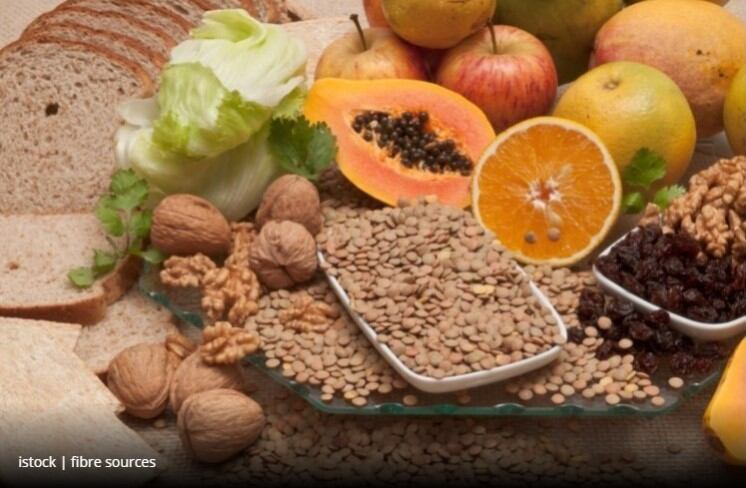Scientists at Columbia University examined the effects of three dietary fibres (cereal, vegetable, and fruit) on older adults aged 65 and over to evaluate differences in prophylactic outcomes.
Results indicate that cereal fibre is associated with lower levels of various inflammatory markers as well as a lower risk of CVD.
The authors speculate that cereal fibre may therefore play a “role in attempts to reduce systemic inflammation”, although they also note that inflammation had only a modest role in mediating the observed inverse association between cereal fibre intake and CVD.
This suggests that “factors other than inflammation may play a larger role in the cereal fibre-associated reduction in CVD”, according to lead author, Rupak Shivakoti.
Research gap
High intake of dietary fibres is known to mitigate CVD with prophylactic effects attributed to anti-inflammatory properties.
Multiple studies have shown a positive association between inflammatory markers and development of CVD, but formal analysis testing whether and to what extent inflammation mediates the observed inverse association between high dietary fibre intake and CVD risk is lacking.
Moreover, one particular source of dietary fibre (vegetable) but not another (fruit) could mediate this association, the study authors write.
“Understanding this could inform potential interventions for CVD risk reduction,” they say.
To address this research gap, scientists studied data from a cohort of 4,125 adults from diverse cultural backgrounds, to assess whether total and source-specific dietary fibre were association with inflammation and CVD incidence.
Study protocol
Baseline dietary intake and systemic inflammation were analysed from participants enrolled in a Cardiovascular Health Study (CHS) study between 1989 and 1990. Participants were screened for CVD (stroke and myocardial infarction).
Dietary intake was assessed using a food frequency questionnaire and inflammation monitored through blood samples collected at baseline with immunoassays for markers of inflammation.
Follow-up visits (alternating in-person visits and telephone calls) took place every six months from baseline through 1999, with information collected on incident diagnoses such as stroke, myocardial infarction, or atherosclerotic CVD. After 1999, telephone follow-ups were scheduled every six months until June 2015.
Results
Increases in total fibre intake of 5g/d were associated with significantly lower concentrations of inflammatory indicators C-reactive protein (CRP) and interleukin (IL), and higher concentrations of the anti-inflammatory marker soluble CD163 (sCD163).
The results for vegetable and fruit fibre intake were different compared with those for cereal fibre and total fibre. Higher intakes (5 g/d) of vegetable fibre were not significantly associated with any markers for inflammation. For fruit fibre, higher intakes were associated with significantly higher concentrations of sCD163.
Cereal fibre was associated with significantly lower concentrations of CRP and IL however, unlike the total fibre intake, higher levels were not associated with sCD163 concentrations.
“This information would be useful for the selection of interventions that seek to target specific aspects of inflammation,” the authors maintain.
Further investigation
Researchers believe the study findings are significant and may help explain discrepancies in prebiotic intervention trials investigating the anti-inflammatory properties of different source fibres.
They add that: “Given that unresolved inflammation is associated with both an increased risk of multiple diseases and their outcomes, studies should investigate the specific mediating effect of inflammation on these outcomes.”
As such, they recommend further studies on the association between dietary fibre and systemic inflammation based on source of fibre and study population.
Source: JAMA Network Open
Published online: doi:10.1001/jamanetworkopen.2022.5012
‘Intake and Sources of Dietary Fibre, Inflammation, and Cardiovascular Disease in Older US Adults’
Rupak Shivakoti et al.


